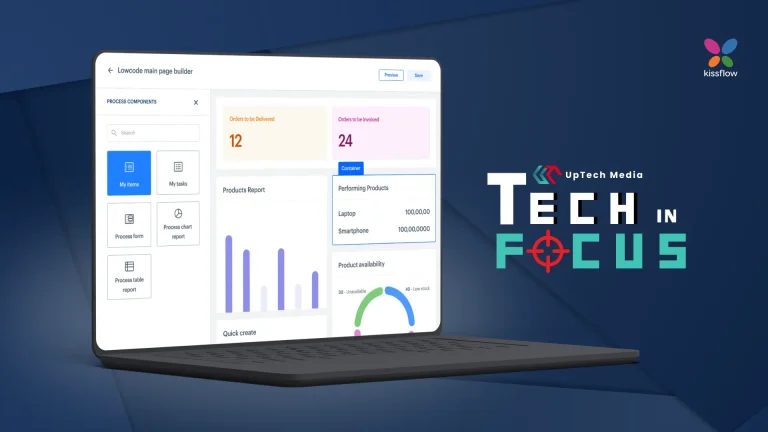Singapore – A significant rise in AI expenditure in the Asia Pacific region is anticipated to reach US$45b in 2024, noting 43% of organisations planning to increase their spending by 20% next year. This is according to the latest research from IDC and software development company SAS.
In the study, the firm revealed that the said figure goes along with a projected US$110b increase by 2028, representing a compound annual growth rate of 24% between 2023 and 2028. Spending also grew significantly from 19% in 2023 to an expected 34% in 2024, signalling a shift towards a more varied focus on predictive and interpretive AI.
However, even with these investments, Australian organisations continue to grapple with challenges, including a lack of skilled professionals (35%), issues related to data governance (30%), and data access due to infrastructure restrictions (41%), which continue to hinder Australian organisations.
Craig Jennings, vice president at SAS for Australia and New Zealand, said, “Around one-third of Australian businesses surveyed are just beginning to evaluate AI and consider how best to invest in this space. Australian organisations can see the potential for growth that AI brings, and return expectations are high. However, it is critical these organisations get the foundations right to ensure AI success, and we must seek to bridge the AI skills gap that is holding back many organisations from reaping true business value.”
The report also showed 18% of businesses in the region are considered AI leaders, while Australia lags behind at just 9%. This implies that many organisations are working on AI projects without a solid strategic direction.
AI leaders were further reported to prioritise business outcomes such as revenue growth (32%), operational efficiency (31%), and profit maximisation (26%), while AI followers emphasise customer service improvements (27%), growing market share (25%), and faster time-to-market (25%).
Shukri Dabaghi, senior vice president for Asia Pacific and EMEA Emerging at SAS, also remarked, “The disparity in target outcomes between AI Leaders and AI Followers demonstrates a lack of clear strategy and roadmap. Where AI Followers are focused on short-term, productivity-based results, AI Leaders have moved beyond these to more complex functional and industry use cases.”
Meanwhile, Chris Marshall, vice president of Data, Analytics, AI, Sustainability, and Industry Research at IDC Asia/Pacific, explained, “The IDC Data and AI Pulse: Asia Pacific 2024 study is an important snapshot of how hundreds of large APAC organisations are approaching adoption and implementation of AI, highlighting the leaders and followers across industries. These insights give us the opportunity to unpack the barriers to successful AI implementation, allowing businesses to make wiser investments into these new and emerging technologies without being caught-up in the gold rush.”
“While consumer access to generative AI tools made AI feel magical, integrating it into an enterprise environment takes a lot of work, the right infrastructure, and often the high expectations placed on these tools are unrealistic. Understanding these pitfalls provides us the opportunity to learn how we tackle these issues, enabling a higher success rate, and meeting business objectives when it comes to adopting and successfully implementing AI,” concluded Dabaghi.












